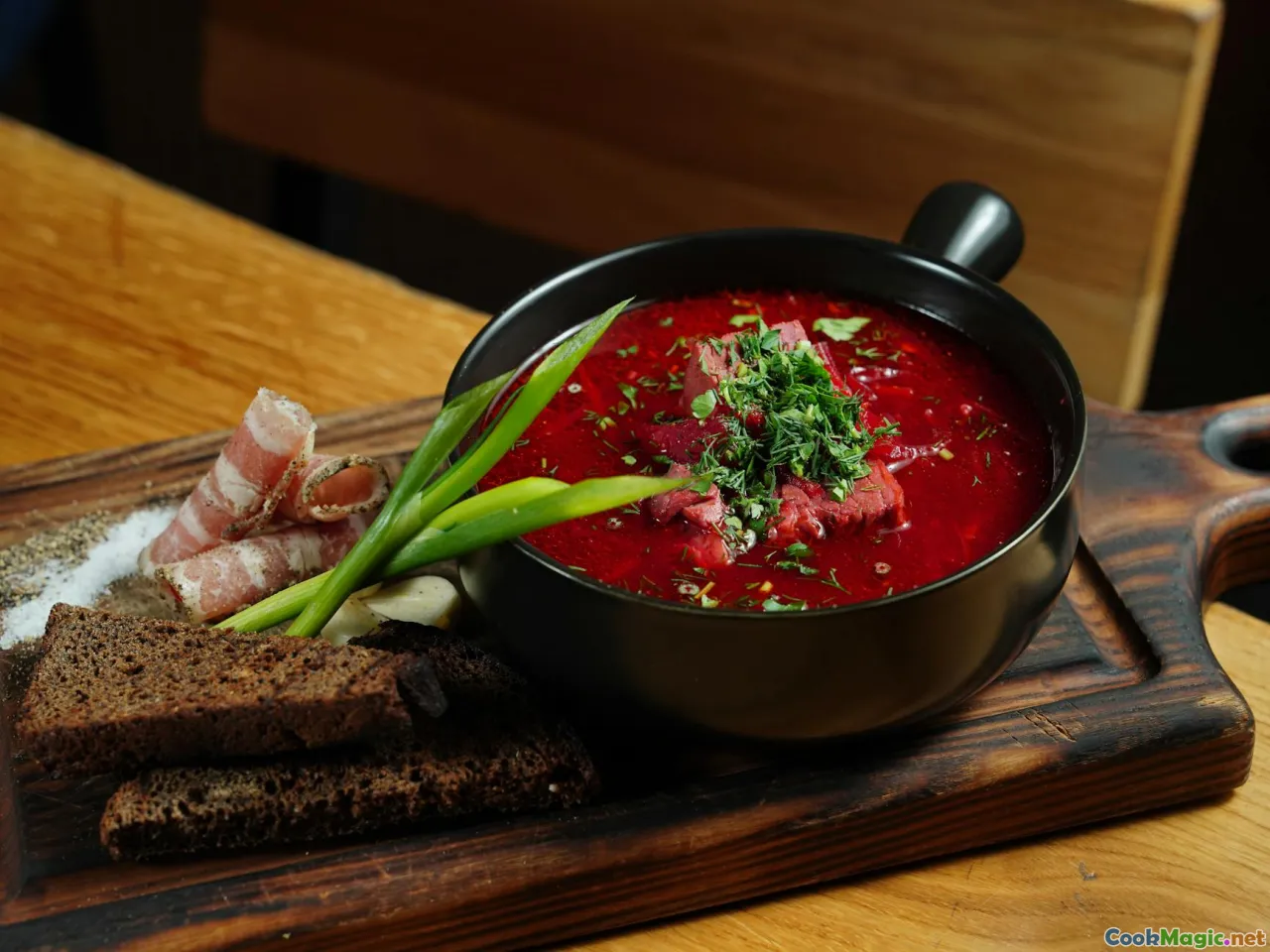Crafting the Perfect Borscht a Polish Tradition
8 min read Discover the rich history, cultural significance, and step-by-step craftsmanship behind making authentic Polish borscht, a beloved culinary treasure. April 24, 2025 09:55
Crafting the Perfect Borscht: A Polish Tradition
Imagine a steaming bowl of deep ruby-red soup, its aroma wafting through a cozy Polish kitchen, evoking memories of family gatherings, festive holidays, and centuries-old traditions. This is the essence of borscht, a dish that transcends mere sustenance to embody the heart and soul of Polish culinary heritage.
The Cultural and Historical Tapestry of Borscht
Borscht, known locally as barszcz, has roots stretching back over a thousand years, weaving through the fabric of Eastern European history. While often associated with Ukraine and Russia, Poland claims its own rich tradition of preparing and venerating this vibrant beetroot soup.
Historically, borscht was a humble peasant dish, utilizing the earth's bounty—beets, cabbage, potatoes, and root vegetables—cooked slowly over open fires. Over time, it evolved into a festive staple, served during Christmas Eve (Wigilia), weddings, and Sunday family dinners. Its deep crimson hue symbolizes vitality, health, and prosperity in Polish culture.
The Significance of Borscht in Polish Life
In Poland, borscht is more than just a recipe; it’s a vessel of memories, a symbol of hospitality, and an embodiment of resilience. Preparing borscht often becomes a communal activity—grandmothers passing down recipes, mothers imparting techniques, and children learning the importance of patience and tradition.
During the cold Polish winters, a warm bowl of borscht is a comforting hug, nourishing not just the body but also the spirit. Its bright color and rich flavor evoke a sense of warmth and belonging—a reminder of home, heritage, and the enduring power of shared culinary customs.
The Art of Crafting Authentic Polish Borscht
Creating the perfect borscht is a meticulous process, blending history, technique, and personal touch. Let’s explore how to craft this culinary masterpiece step-by-step.
Ingredients: The Heart of the Dish
While recipes can vary across regions and families, the core ingredients remain consistent:
- Beets: The star ingredient, providing the vibrant color and earthy sweetness.
- Vegetables: Carrots, onions, celery—adding depth and aroma.
- Broth: Traditionally, a homemade beef or vegetable stock.
- Acidic element: Vinegar or lemon juice to balance sweetness.
- Seasonings: Bay leaves, peppercorns, garlic, and dill.
- Optional additions: Potatoes, cabbage, sausage, or hard-boiled eggs.
The Preparation: Unlocking Flavor
-
Preparing the Beets: The process begins with selecting fresh, firm beets—deep purple and unblemished. Roasting beets enhances their sweetness and imparts a smoky depth, but boiling is also common for a lighter flavor.
-
Building the Base: In a sizable pot, sauté chopped onions and carrots in a little oil until translucent and fragrant. Add chopped celery and garlic, allowing their aromas to develop.
-
Cooking the Beets: If roasting, peel and chop the beets before adding them to the pot. For boiling, add whole or chopped beets directly into the broth.
-
Simmering: Pour in the prepared broth, add bay leaves, peppercorns, and a splash of vinegar. Let everything simmer gently for at least an hour, allowing flavors to meld and beets to release their rich color.
-
Finishing Touches: Remove the bay leaves, taste and adjust acidity with vinegar or lemon, season with salt and pepper, and stir in fresh dill for a fragrant finish.
-
Serving: Traditionally served hot, garnished with a dollop of sour cream, a slice of rye bread, and sometimes a boiled egg or sausage.
Personal Tips and Variations
- Sweetness Balance: Adjust the beet quantity and acidity to suit your palate—more vinegar for tang, more beets for sweetness.
- Vegetarian Version: Use vegetable broth and omit meats, focusing on the natural sweetness of beets.
- Festive Touch: Add mushrooms or smoked sausage for richer flavor during celebrations.
The Sensory Experience of Polish Borscht
A bowl of authentic Polish borscht is a feast for the senses. The vivid crimson hue is immediately captivating, promising a flavorful experience. Upon first sip, you’re greeted with a harmonious balance of earthiness from the beets, a tangy brightness from the vinegar, and a fragrant herbal note from dill.
The texture varies from silky smooth to slightly chunky, depending on personal preference. The warmth radiates through your body, and the aroma—rich, slightly sweet, with hints of garlic and herbs—invites you to savor every spoonful.
Personal Reflections and Cultural Anecdotes
Growing up in a Polish household, I remember my grandmother meticulously preparing her borscht every winter. The process was almost meditative—peeling and chopping beets, stirring the pot, sharing stories. Her secret was always in the balance: a touch more vinegar here, a sprinkle of dill there.
During Christmas, our table would be adorned with barszcz served with tiny mushroom-filled uszka dumplings—a tradition that connects us across generations. For her, making borscht was an act of love and heritage, a way to keep our history alive.
Conclusion: More Than Just a Soup
Crafting the perfect borscht is an art that requires patience, respect for tradition, and a dash of personal flair. It’s a dish that embodies the resilience, warmth, and generosity of the Polish people. Whether enjoyed during festive celebrations or a simple Sunday meal, borscht remains a testament to the enduring power of food to connect us with our roots.
So next time you seek comfort or a taste of history, gather your ingredients, embrace the process, and create your own masterpiece of Polish tradition. After all, there’s nothing quite like a bowl of vibrant, soulful borscht—crafted with love, seasoned with history, and shared with heart.









